 |
The Heaton Cuts Corundum Mining Operations at Buck Creek Clay Co., NC - March 2024 |
All Text & Images: Copyright (2024) |
 |
The Heaton Cuts Corundum Mining Operations at Buck Creek Clay Co., NC - March 2024 |
All Text & Images: Copyright (2024) |
| British-born Charles Heaton and Martin Heaton owned a number of grants in the Buck Creek area. In the late 1800s - early 1900s, they leased a number of these properties to local miners, while mining others themselves. The operations known as the Heaton Cuts (consisting of 3 major cuts) were worked in the early 1900s. They were not reopened during the 1943-1945 US Bureau of Mines investigations, but were referenced in the team's reports. 1 - NE Heaton Cut "The more easterly of the two larger cuts is on the contact between amphibolite and dunite. Specimens on the dump include edenite-amphibolite, troctolite, and anorthosite. Anorthositic amphibolite with grains of deep-red corundum is similar to some rocks in the Maney cut. White or pale-pink corundum occurs with margarite and pale-blue kyanite(?)." The cut is now thickly grown over with briars, rhododendron and shrubs. It is in the form of a long, deep V-shaped trench(es), with several small pits in between... |
|
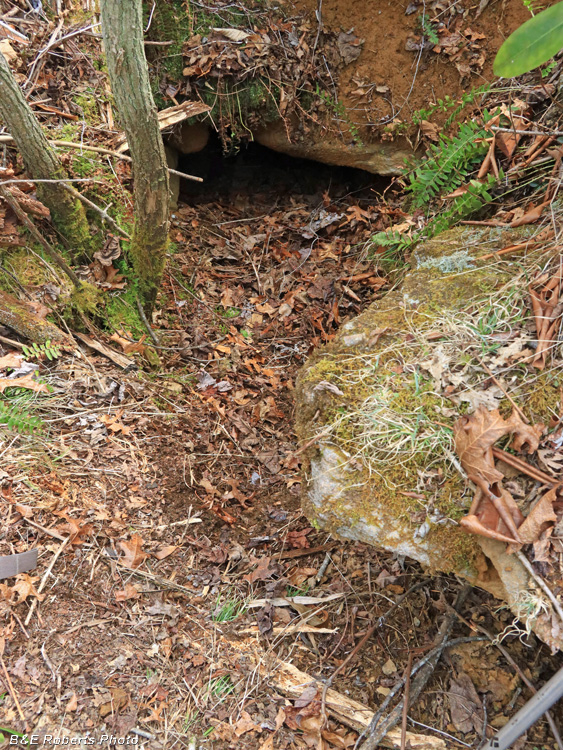 |
|
| Opening at the head of one of the NE trenches |
|
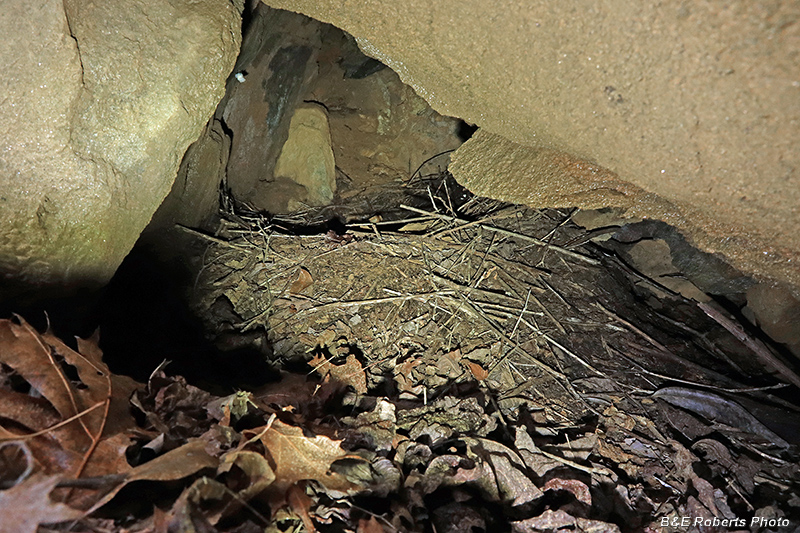 |
|
| Peeking in, the hole led off to ? from under the collapsed rock. |
|
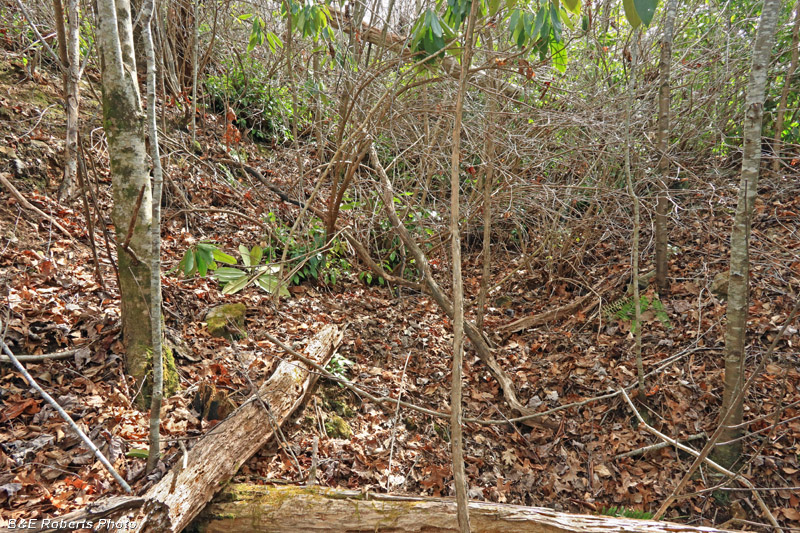 |
|
| Overgrown trench |
|
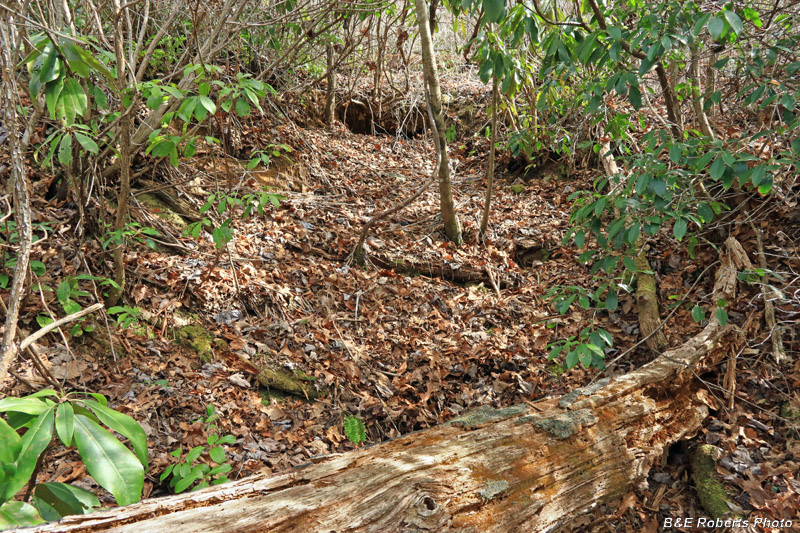 |
|
| Trench near the head of one of the "V" legs This was actually one of the cleaner areas. |
|
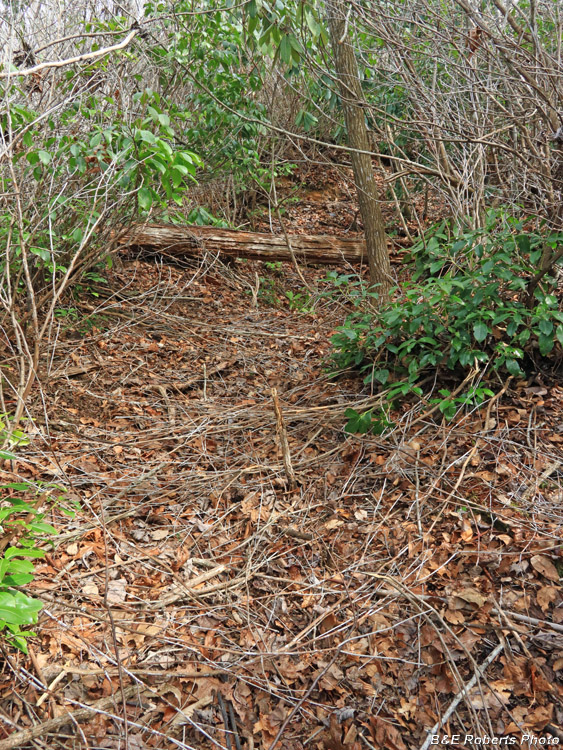 |
|
| Section of overgrown trench After I'd knocked down a bunch of dead branches... |
|
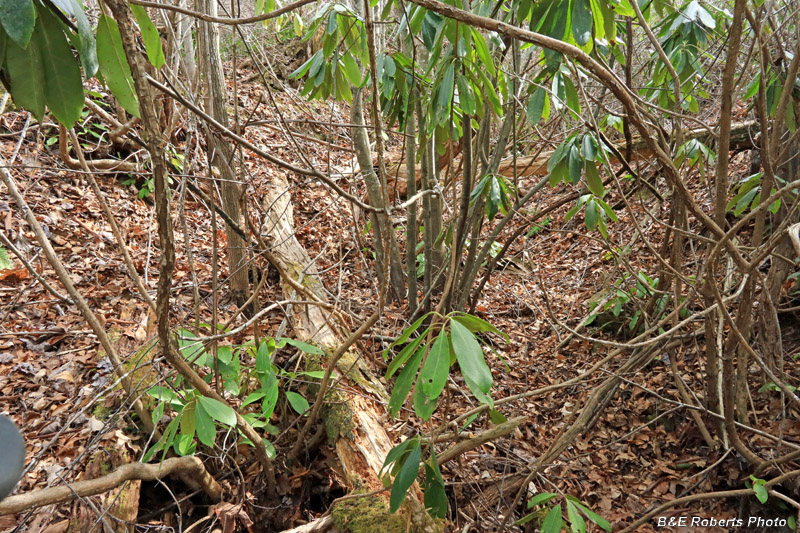 |
|
| Overgrown trench |
|
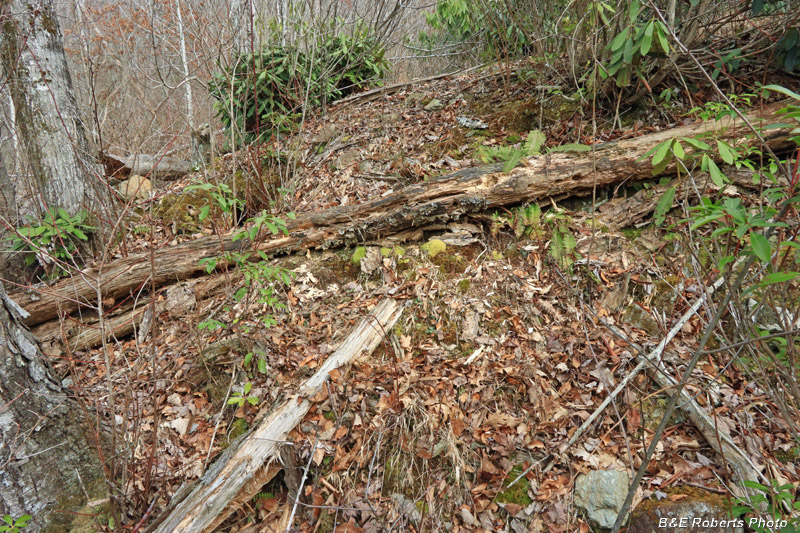 |
|
| One of the cut's waste rock piles |
|
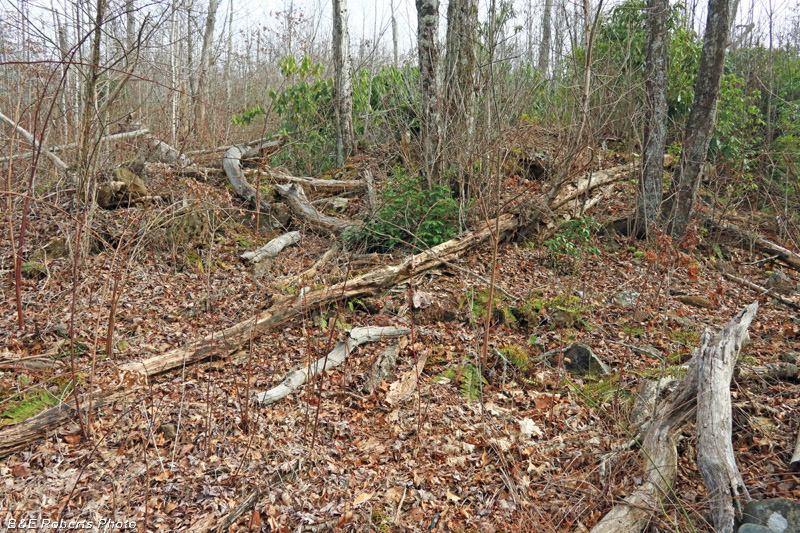 |
|
| Another of the NE Cut's waste rock piles |
|
| 2 - NW Heaton Cut "The western of the two larger cuts exposes a lens of troctolite-amphibolite 6 to 8 feet thick, trending east-west and dipping 50 degrees north. No corundum was seen, but some red corundum is reported to have been found there." This cut was barely 100 yards from the previous area, but in a nice, clean open woods. |
|
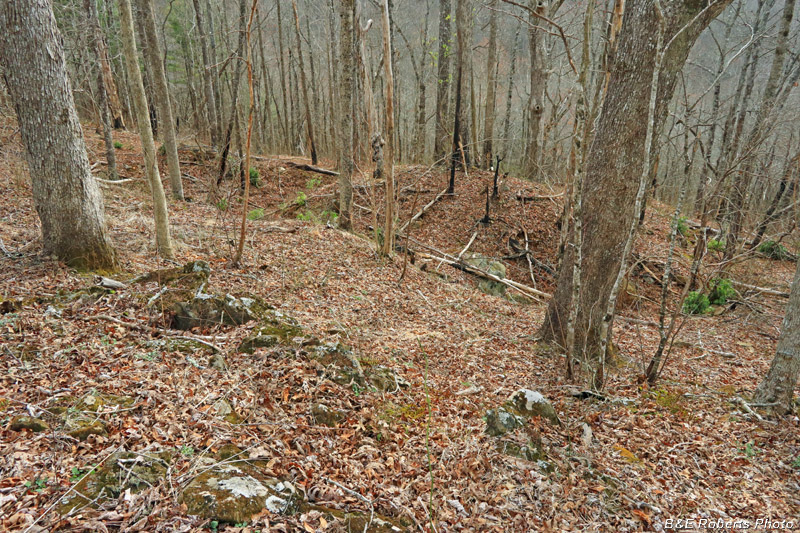 |
|
| Approaching the NW Cut from the NE Cut area |
|
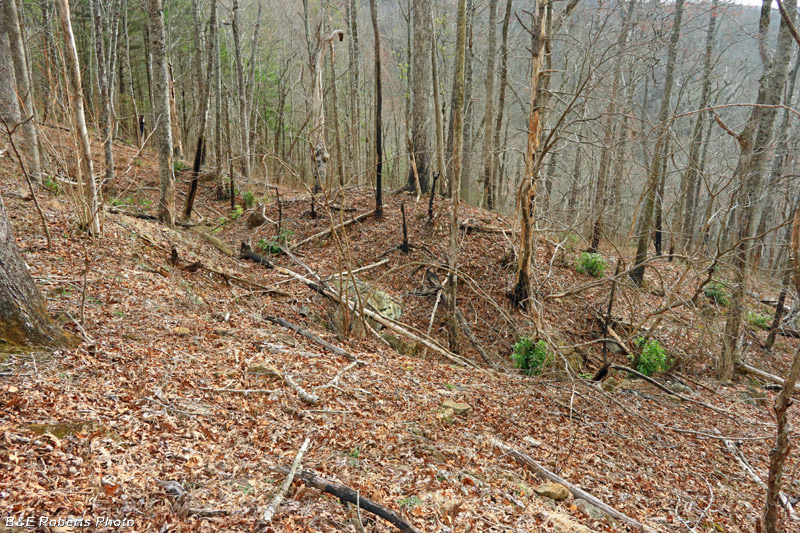 |
|
| Closer view |
|
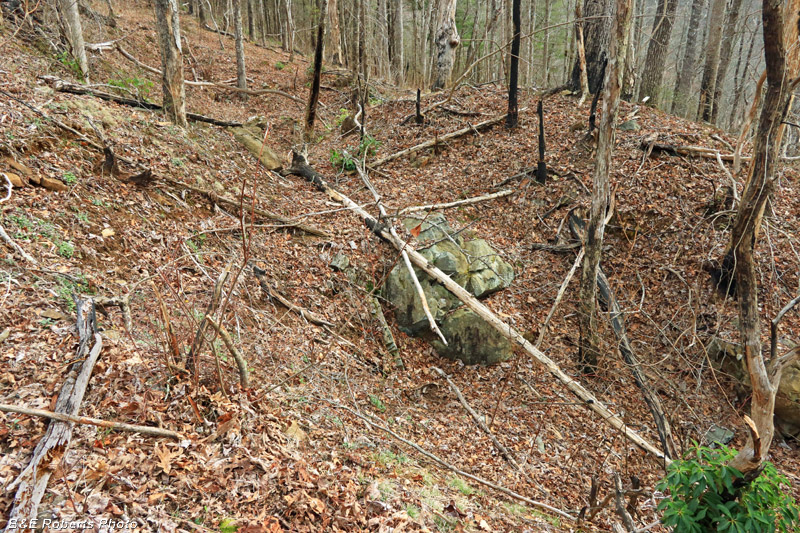 |
|
| This "cut" consisted primarily of two large pits, a northern one at lower right and a southern one at upper left. |
|
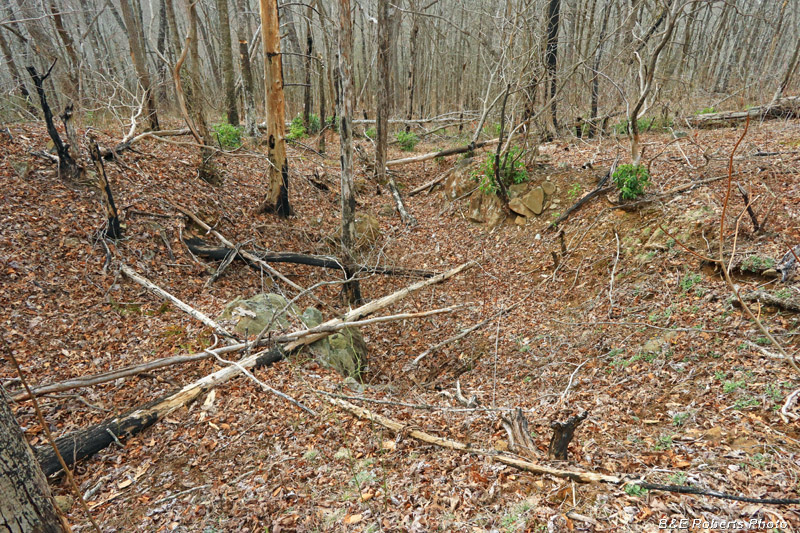 |
|
| Looking into the northern pit from the rim between the two pits. |
|
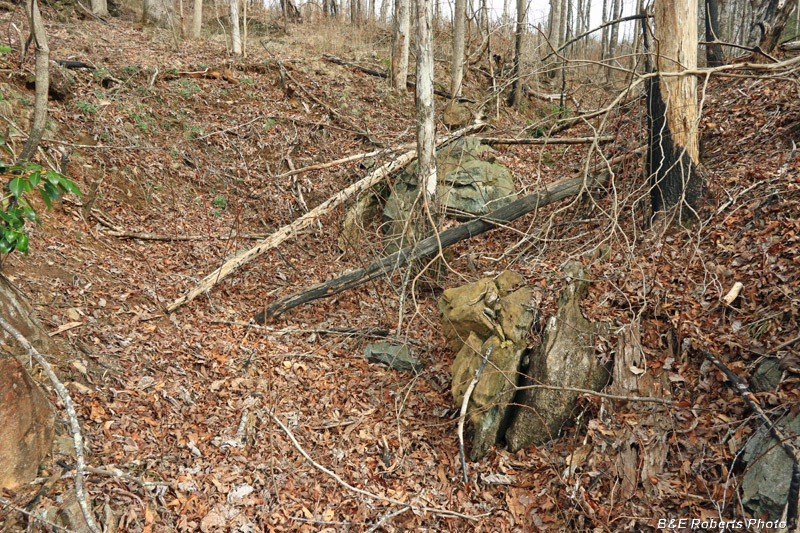 |
|
| Inside the northern pit |
|
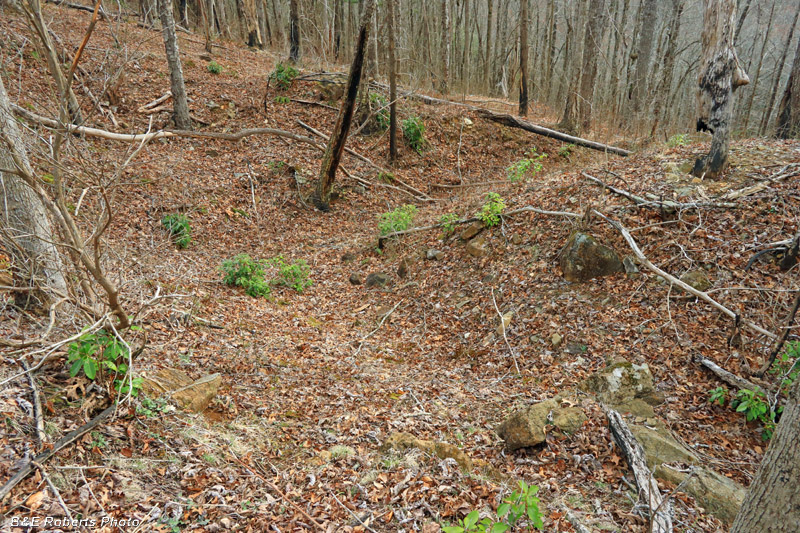 |
|
| View down into the southern pit |
|
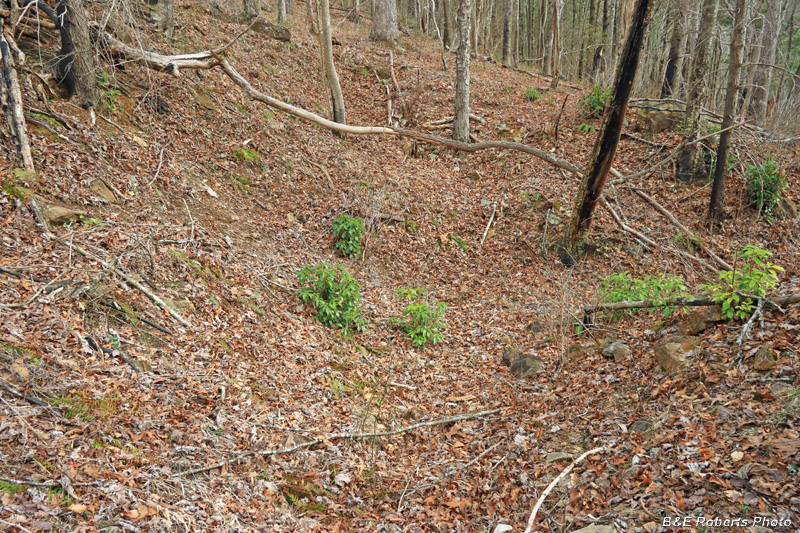 |
|
| Southern pit |
|
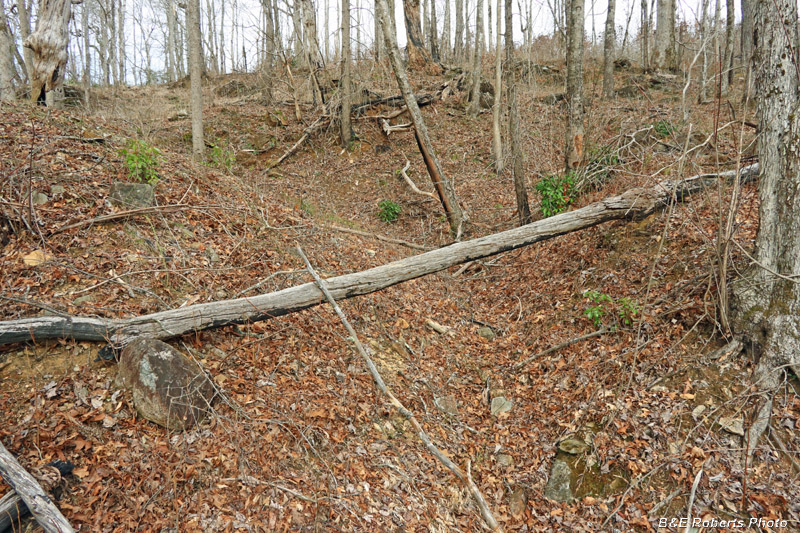 |
|
| View up into the southern pit from below |
|
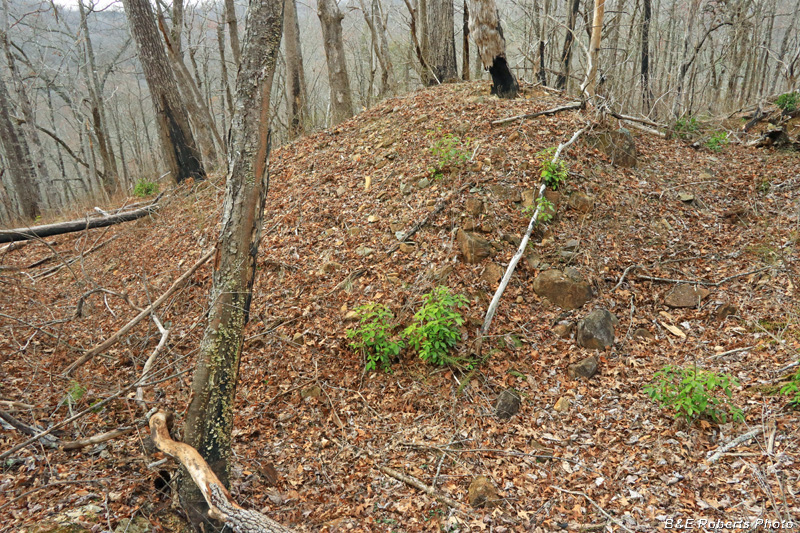 |
|
| Upper waste rock pile |
|
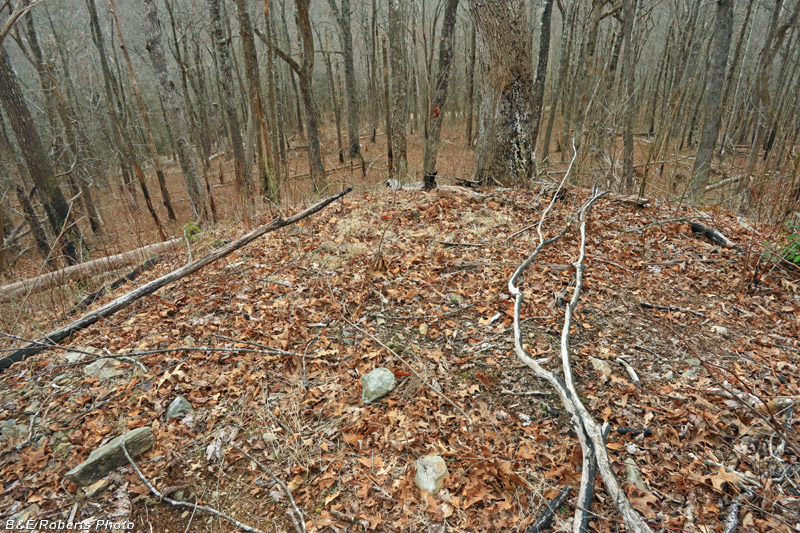 |
|
| Lower waste rock pile |
|
| 3 - Southern Heaton Cut "The southern cut is in troctolite-amphibolite with distinct layering dipping 15 to 20 degrees northeast. A specimen on the dump shows white corundum and zoisite veinlets in edenite-amphibolite, but no corundum was seen in place." This was the smallest of the main Heaton Cuts. |
|
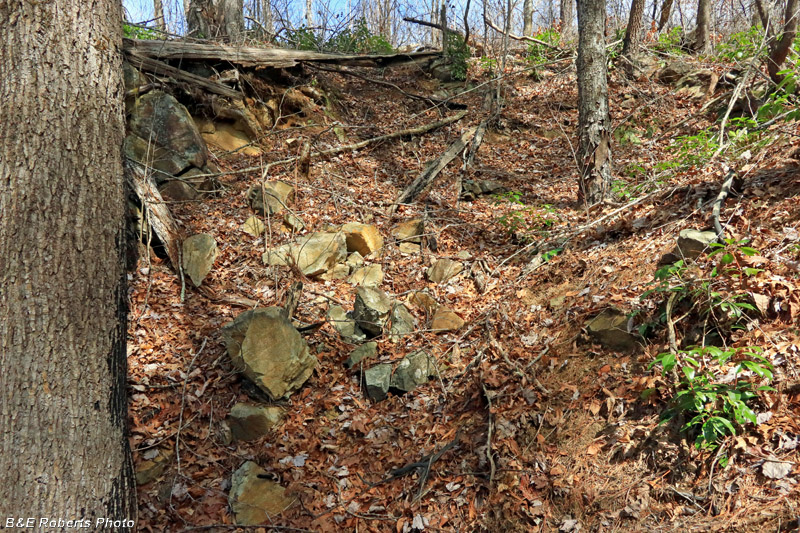 |
|
| South cut - southern end |
|
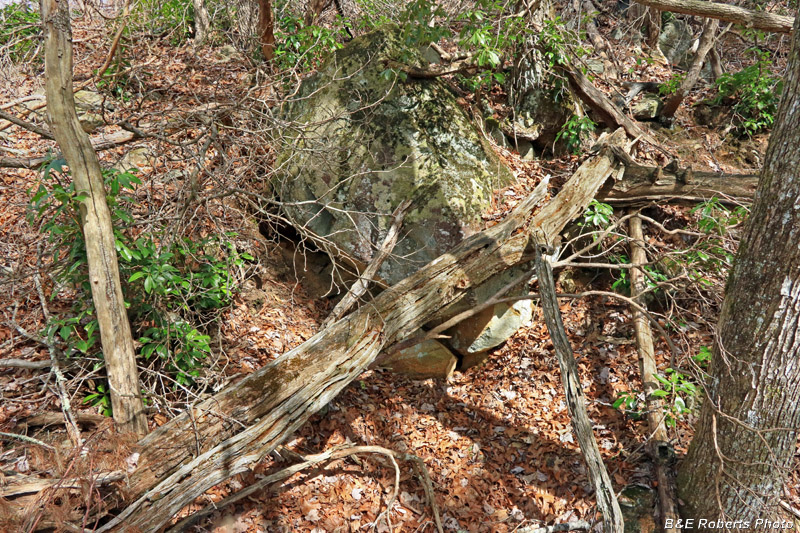 |
|
| South cut - northern end |
|
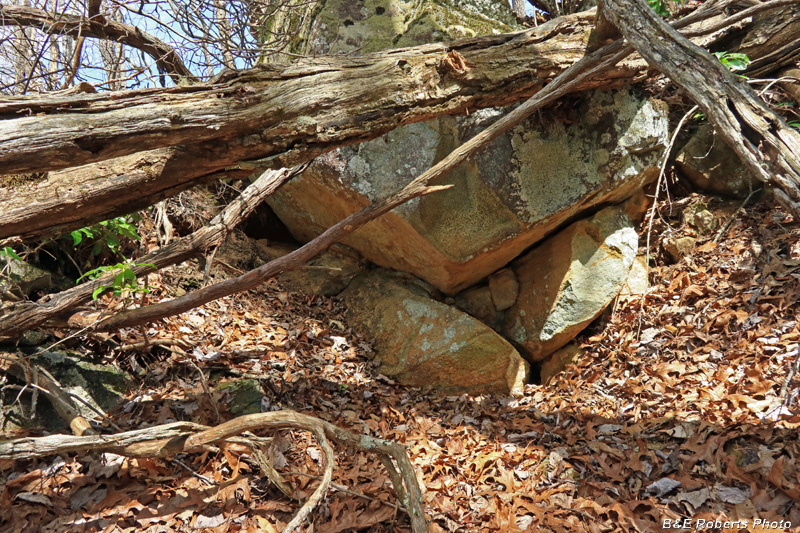 |
|
| South cut - northern end |
|
| The three Heaton cuts are all within a short distance of each other, but I was surprised by the difference in ground cover / vegetation between the areas. |
|
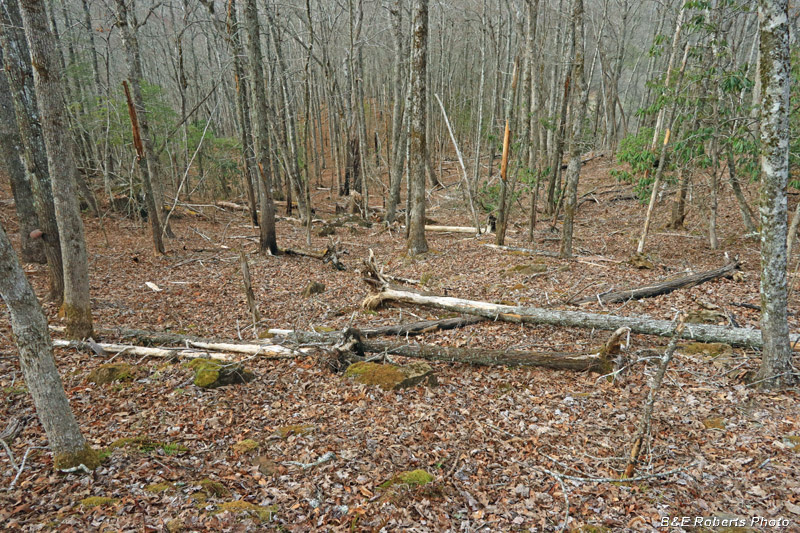 |
|
| The NW and S Cuts were in a fairly open young hardwood forest. |
|
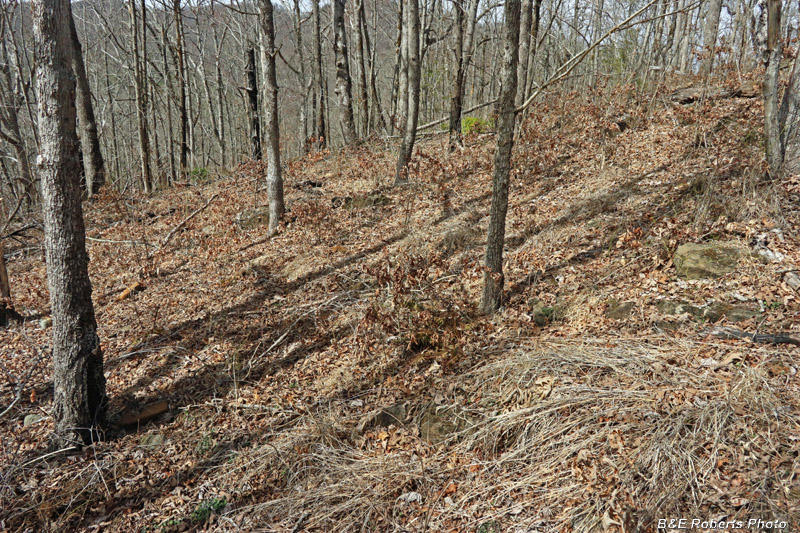 |
|
| Walking up to the NE Cut, I passed through a transition zone with grassy / graminoid ground cover. |
|
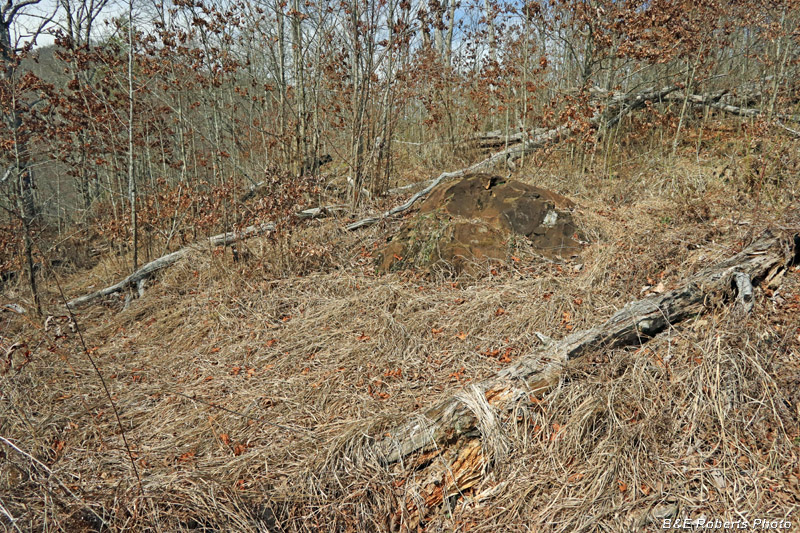 |
|
| Which soon became very grassy. |
|
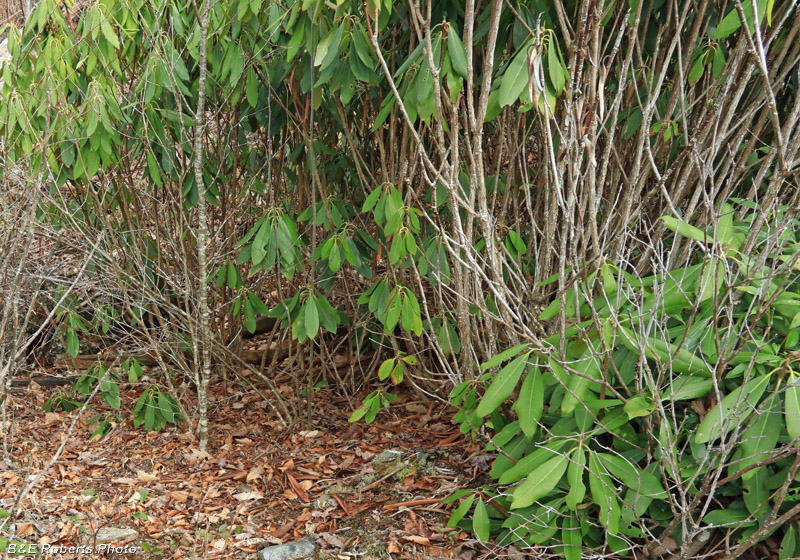 |
|
| And then suddenly turned into a briar and rhododendron thicket! I didn't take a pic of the briars, as I was too busy fighting my way through them! |